The art of a difficult video game
The level of difficulty in video games has long been a source of controversy over the course of the industry’s existence. Amidst the different types of challenges offered by games, defeating the difficult ones tend to be the most satisfying to players.
March 8, 2022
Difficulty in gaming has been a subject of hot debate in the industry since its birth. How difficult or easy should a game be? What is fair and what isn’t? How can a developer make a game difficult while still being rewarding? These questions have been asked by game designers and gamers alike since the creation of the first video game, but as gaming has evolved, some have finally started to find answers.
Going all the way back to the age of the NES (Nintendo Entertainment System), even the easiest of video games were still hard. This was all mainly due to the fact there was no way to save progress in the game, so if the player died or the system got turned off, then they would be forced to go all the way back to the start. Also, many games felt far too cryptic and it was difficult to tell what was meant to be done. So while these games were no doubt difficult, their difficulty was more contrived and didn’t feel fair.
But when the next generation of consoles came around, companies started implementing the ability to save progress into the game cartridge. This made many games much easier, as there was no longer a huge fear of dying and the player was given a bit more room to experiment. Sure, many games still had some pretty noticeable difficulty spikes and remained pretty cryptic, especially when developers started experimenting with 3D, but video games at least felt possible now.
But admittedly, after the turn of the century it felt like games were becoming progressively easier. Platformers had easier jumps, adventure games had less enigmatic puzzles, and overall video games had a lot more hand-holding built into them. It seemed companies just didn’t have as much faith in a difficult game selling well.
But all of this was thrown out the window with the release of Dark Souls in 2011. This game is what truly showed the rest of the gaming industry that people still have an interest in difficult games. Sure, other games with a similar level of difficulty had come out before, but Dark Souls was the game that got everyone talking.
Of course, it wasn’t perfect. Dark Souls had a difficult time maintaining the balance of hard but fair. This flaw was carried over to Dark Souls 2, which felt like it doubled down on this system. However, the developers of Dark Souls, From Software, released a spin-off in 2015 titled Bloodborne. This was the first of their games that really felt like it nailed the difficulty. Enemies were tougher, but with that toughness also came a level of fairness that the other From Software games failed to capture.
And with that, difficult games have flourished. From Software’s titles have kept with the same legitimacy in the hardness, other big Triple A game studios have put time and money into creating tougher games, and many indie developers have gone into making harder games thanks to them not being held back by what executives want. Now, not every video game needs to be the most difficult thing known to man, but it’s important to find a balance. There is just a satisfaction of beating a hard game that easier games fail to capture.


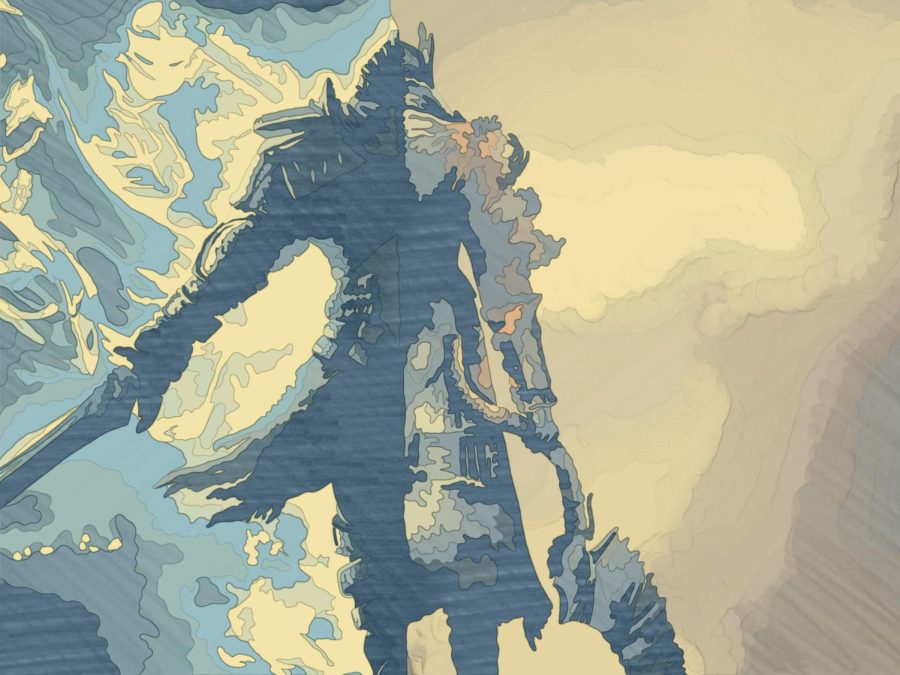





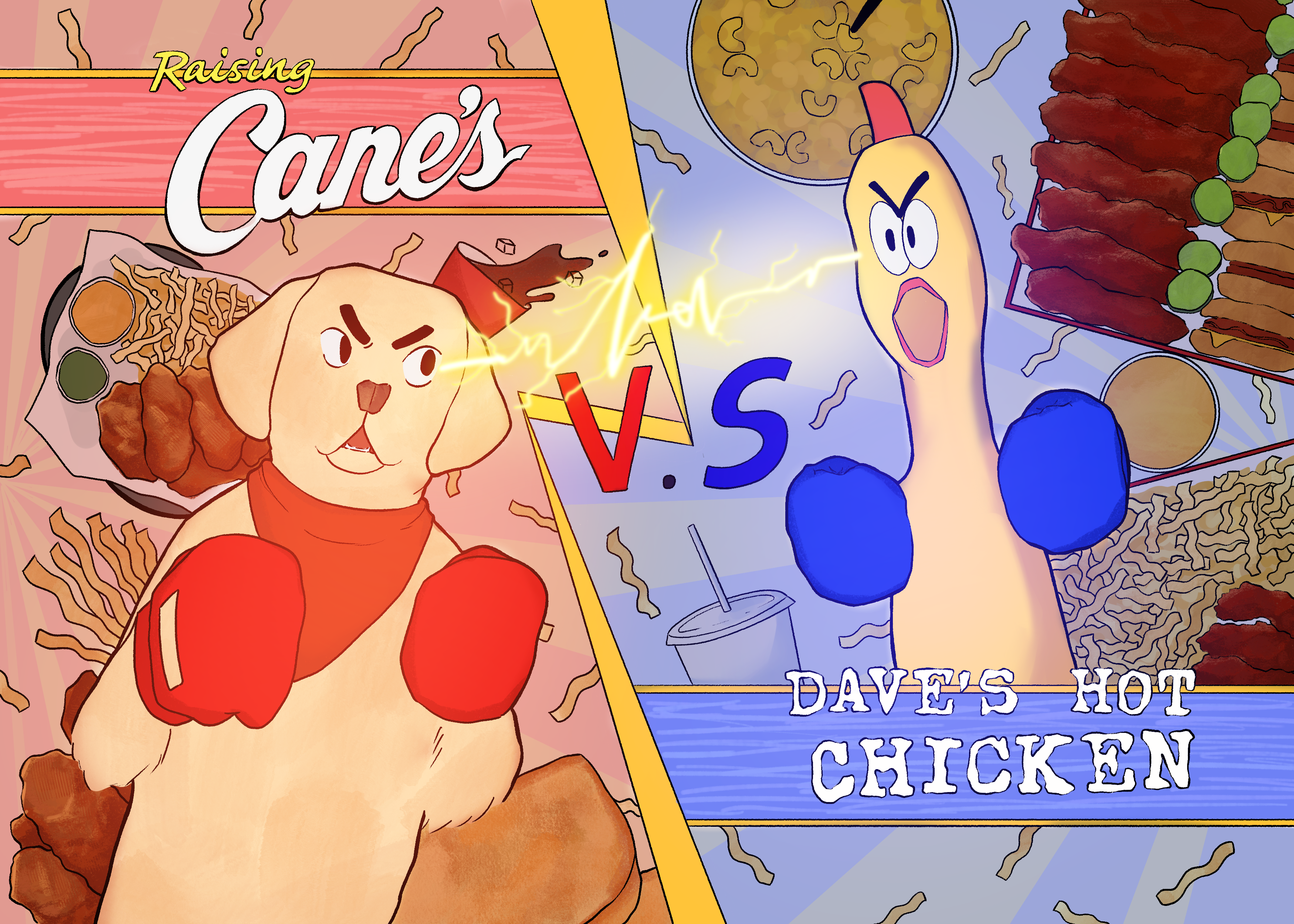
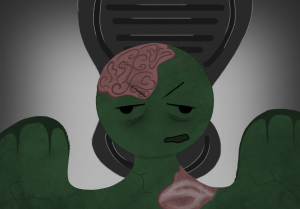
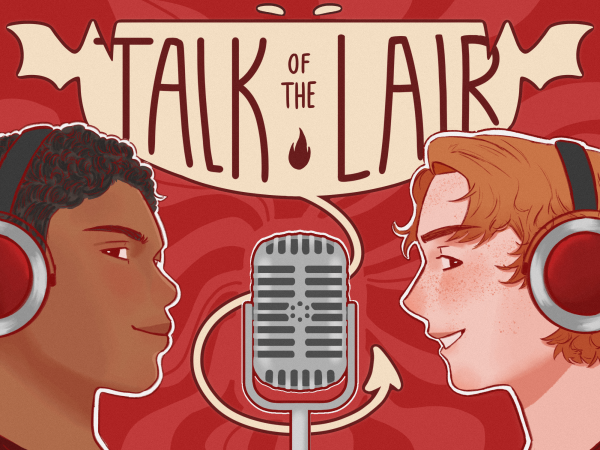



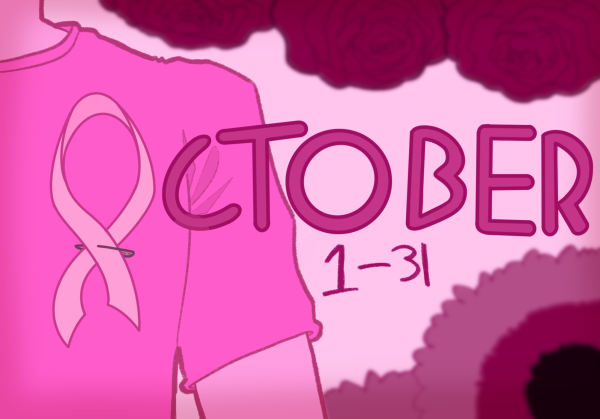


john • Mar 9, 2022 at 10:03 am
I like this, the only interesting articles are the ones about video games.